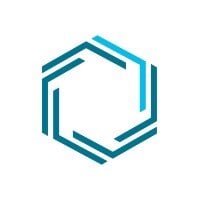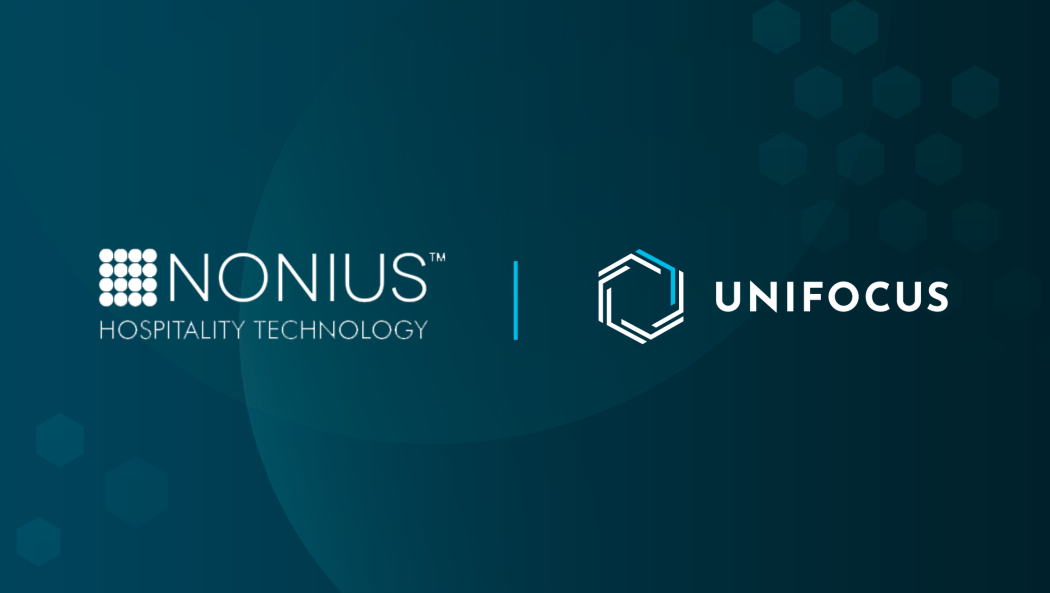December 17, 2017 – By Mark Heymann, Chairman & CEO, UniFocus – Published in Hotel Executive – Managers today have an ever-growing inflow of data from a wide variety of sources, held in massive databases and available at their fingertips. These numbers can, when used wisely, transform the way they make decisions. But too often, managers do not know how to make the most of the data they get or are overwhelmed simply by the volume of what they have to look at. Too often, it becomes more about generating daily, weekly or monthly reports and looking at numbers than it is about understanding what those numbers are telling them.
One issue is the measure managers use to interpret the results they are reviewing. Many managers use an absolute comparison of team performance projections to actual results. Others base comparison on the average of other comparable operations or industry norms (which are, in essence, means). But while this approach may accurately demonstrate above-average performance, it invites mediocrity. Instead, when using averages, smart managers compare results to the 80th percentile, thereby benchmarking against the better performers in the industry. Additionally, comparison to projections can be fraught with problems as changes to market dynamics and fluctuations in volumes can render it inaccurate and create missed opportunities for business improvement.
Overall, the hotel industry does a good job gathering data and has a basic understanding of the value of comparative data. That said, historically it has been a standard practice for hotel companies to compare absolute performance of their hotels, taking all the data from all of their locations and ranking them from high to low. Using that approach, management of an individual hotel within the brand will generally seek to avoid ranking in the lowest 10 to 15 percent. A hotel with a higher ranking might appear more productive than another and its management satisfied that it is doing a great job. However, the results might look very different if, instead, actual performance was compared to optimal performance.
Here is a simple example of the downside of using absolute numbers: UniFocus once worked with a hotel within a group that rated profitability of the rooms operations from high to low. That particular hotel consistently ranked second to a property with a measurably higher average rate. If the data had been normalized for the rate difference, the hotel that rated second would have clearly been number one in performance and the top property would have fallen out of the top five.
Measuring Against Potential
In the world of hospitality, in which one's business volumes change every day, managers are still living by comparisons to their budget. This contrasts with industries like manufacturing, where the key objective is to produce a set amount every day that optimizes machine capacity. There are only a few areas of a hotel where the timing of customer demands do not impact production - laundry and housekeeping, in particular - and those areas do operate more like a manufacturing operation. The laundry operation assesses machine throughput using a pounds-per-hour measurement. With today's big tunnel washers and electronics, a hotel laundry might typically wash 150 pounds or more per hour versus the older standard of 85 or so per hour. It is easy to measure performance against machine capacities in this way. Likewise, housekeeping can be measured by number of rooms per day. In both cases production is not impacted by fluctuations in daily customer demand patterns.
There is no such simple control point in other parts of a hotel operation, especially customer service areas, making it much more challenging to compare to potential versus average (or a higher percentile). Managers typically do not know what production rates should be for dishwashing, for example, or the potential for check-in and check-out at the front desk. And without that, none of the data they review will help their hotel meet its potential. The daily flash report, for instance, gives room revenue and average rate, food and beverage cover counts, average check, and total revenue. It may also include labor hours and overtime. But the numbers alone say little when compared to static projections (for example, budget and percentage of revenue) if they cannot be compared to the specific potential of the actual volumes serviced.
Fortunately, technology makes it much easier today to determine potential than it was 20 years ago. It used to be that if a food and beverage operation was running at 30-percent food cost it was considered to be performing well. But with today's technology, it is now possible to differentiate food cost by type of meal - breakfast, lunch or dinner - and apply those meal period potentials to determine the real potential cost. For instance, a monthly food cost of 29 percent might be better than average, but if 70 percent of that food was served at breakfast, the operation probably should have run closer to 24 percent.
The same approach can be used to better understand labor performance. As noted above, laundry and housekeeping have historically been relatively easy. But now, with the latest technology, labor cost potential can be calculated for all positions in an operation, enabling organizations to measure labor use in relation to earned or standard hours.
Tracking Trends
Trends are a useful analytical approach but should not be overused. Trends enable an organization to assess performance over time and are most useful when a result has a comparison point. Graphing actual compared to potential can be a very effective means of assessing whether an organization is improving, staying static or going in the wrong direction. But what is tracked and trended needs to align with the accuracy of the relative metric. For example, if a property does monthly budgeting and then divides by the number of days in the month to get a daily “target, ” daily tracking and trending will not be very useful. In this case, it is better to use monthly variance and therefore monthly trends.
Likewise, look at market trends or comps to market on a weekly or monthly basis. In fact, daily reviews could be counterproductive. For instance, average rate might be lower if a hotel is hosting a large SMERF group, but over the span of a week, RevPAR might be just where it needs to be. Further, if a hotel's ADR increases 15 percent, that is a positive trend. But if the rest of the market increased 20 percent in the same time period, there is clearly more room for improvement.
The frequency of tracking and analyzing trends should tie to when the comparative data points are most accurate. As noted, trends data needs to be compared on a relative basis and can be depicted as two lines or bars (actual and target) or just a single line/bar depicting the variance between the two parameters.
What to Measure
One reason operators tend to look only at absolute numbers rather than relative numbers is that the sheer volume of data they receive is overwhelming to manage. And yet, with new technology and better dashboards, it is possible to discern a lot more actionable information more quickly than ever before. Managing the flood of data requires stepping back and choosing wisely what numbers are needed to run the business. And these numbers or performance criteria will be different by day, by week, by month, and so on.
Look at Actionable Data Daily
Managers should take the time to question the value of the numbers they get and avoid the trap of generating more and more reports that are used for little more than to check a box. They know that data that gets looked at daily needs to be easily accessible, quick to interpret, and actionable in real time. Best practices would limit that to five key things that can be used to change tactics, adjust short-term strategies, or positively reinforce successes.
One such area is labor. It is critical that managers compare labor to labor potential every day - what they should be using in relation to the actual volumes they serviced. Just looking at percentage of sales compared to a budget is not accurate. Targeting a weekly use goal and adjusting daily to meet that goal also has limits. Understanding the use of labor, whether too much or too little on a particular day using a required labor (potential) comparative, can help organizations adjust in the coming days and further achieve organizational performance potential - both financial and qualitative.
Another is RevPar - a very useful statistic to track in that it looks at revenue per available room against the competitive set and a budget. When drawing comparisons though, one needs to keep room counts in mind. If a hotel has 300 rooms and a competitor only has 150, the larger property may require more yield strategies or at times deeper discounts to fill the additional room nights, thereby impacting the accuracy of short-term comparisons.
As a quick aside, we frequently find that with yield systems, as volume goes up operators drop their low rates and only sell the highest rate. The result at times is empty rooms. Yet the sole incremental cost of an additional occupied room is housekeeping and laundry. If operators effectively use the data that is available and understand what their fixed or sunk costs are versus their true variable costs, last-minute tactics might change by opening up more rates. If they understand what that extra room or cover truly contributes to the bottom line, it just might change some of their short- and medium-term strategies, and yet it is still rare for companies to do this.
Correlative Relationships - No Data Point is an Island
A key component of solid data analysis includes the use of correlative modeling, or predictable cause and effect. For example, staff engagement data in a vacuum is nice to have, but engagement correlated to top-line revenue is a need to have. Best Western Hotels & Resorts is one company that is using this correlation to drive top-line results. Once the correlation was done, a projection model was developed to demonstrate the impact on each one-point improvement in engagement on revenue. By doing so, the company is seeing opportunities to increase room revenue and understands the cost benefits of investing in engagement improvement training. Best Western is an excellent example of the importance of correlating data.
In our studies over the years, we have seen a direct relationship between the engagement of the stewarding staff and cleanliness and organization of the kitchen. We also know that staffing levels correlate to happy customers. And these are just a few of many examples. It is important, though, for managers to understand their cause-and-effect equations. Are they looking at numbers in a silo or are they doing appropriate correlative analysis to determine the appropriate drivers? Using a correlative analysis approach can change the value of different parts of a hotel's operations and turn what has historically been perceived as a cost into an investment.
Looking forward, the hospitality industry would do well to look to other industries for examples. Home building, for one, has employed well-established standards for a long time. Once a builder produces a model home, cost can easily be broken down on a per-model basis. In the auto industry of the 1980s, production in the U.S. was far behind the Japanese in terms of the hours it took to produce a car. Turning that around required a combination of reengineering the process, measuring the process, and directly relating that to profitability. As a result, the U.S. is now a leader in terms of hours per car. That is pretty well-founded data, and there is no reason any organization - hotels included -- can't go through the same process to discover what the data is telling them.
One last point: The more management shares effective data with the staff, the better performance will be. Monthly or quarterly review of certain numbers can be used as a tool to motivate employees. As the saying goes, people do what you inspect not what you expect.





